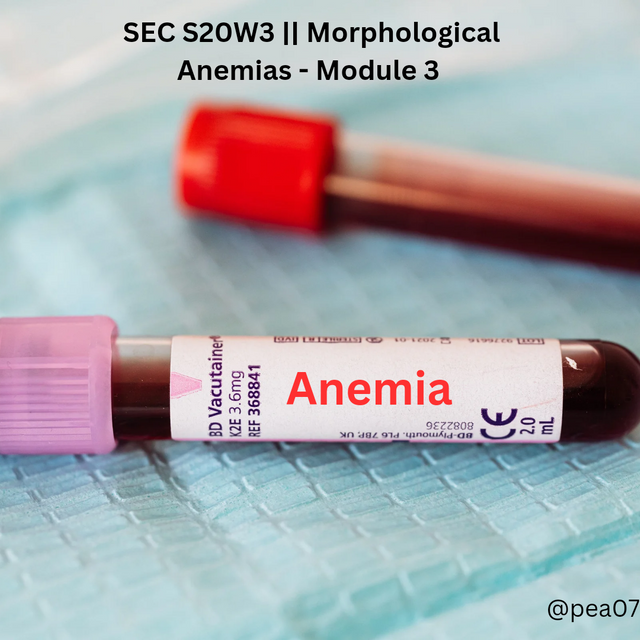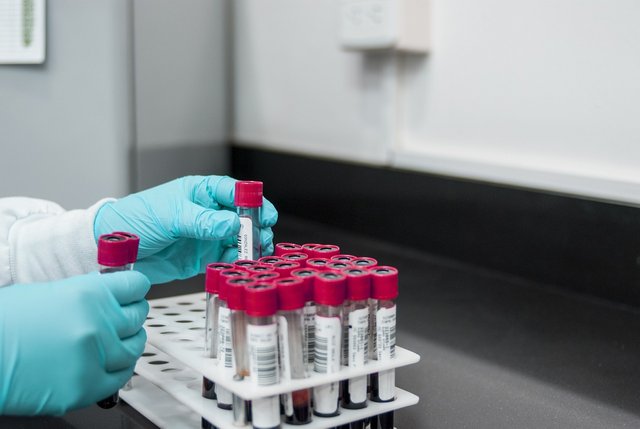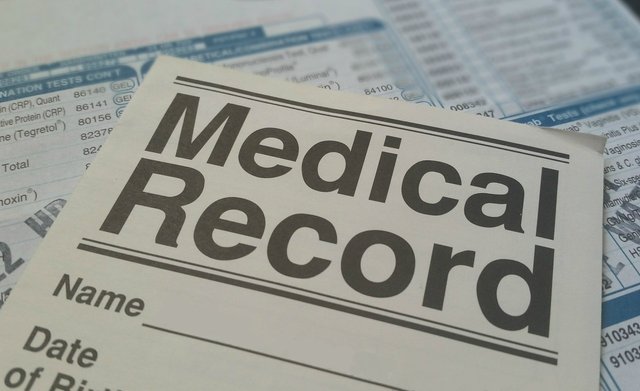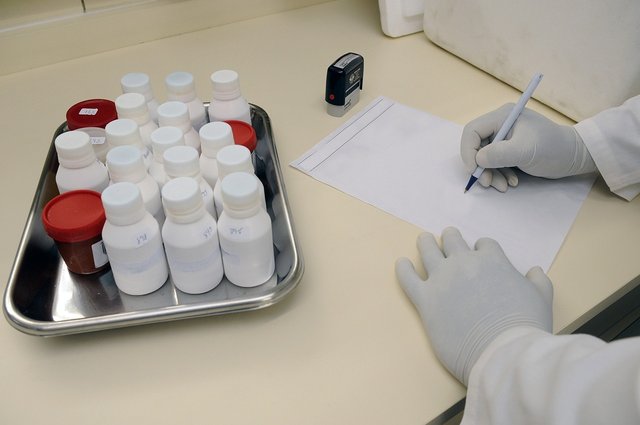
Started with Hematopoiesis then Hemoglobin and now Morphological Anemias. Had learned a lot from privious lessons. Let me show you what I learned this lesson.
Defines Morphological Anemia
Before discussing Morphological Anemia I want to talk about morphology. Morphology It is formed from Greek words. Morph meaning shape or form, and -ology which means study of something or knowledge. That is, morphology is a study based on external characteristics or appearance.
Anemia is a condition characterized by a deficiency in the quantity, size, or quality, (colour) of red blood cells or hemoglobin(We often thought anemia is the deficiency of only Hemoglobin which is not true declared by World Heath Organisation). Understanding the above two topics, now we have already got an idea about morphological anemia.
Morphological anemia is a type of anemia based on the presence of red blood cells in the body. This is done with the help of a microscope.
As I mentioned earlier, based on the size, shape and quantity of red blood cells, color and cause of anemia is determined.Anemia is generally divided into three main types based on Mean Corpuscular Volume (MCV).
- Mean Corpuscular Volume (MCV)
- Mean Corpuscular Hemoglobin (MHC)
- Mean Corpuscular Hemoglobin Concentration (CHCM)
The Morphological Anemias we find through these three processes are as follows:
- Microcytic Anemia: Red blood cells are smaller than normal red blood cells.
- Normocytic Anemia: Red blood cells are normal in size.
- Macrocytic Anemia: Red blood cells are larger than normal red blood cells.
- Hypochromic Macrocytic Anemia: This combination is unusual. There are red blood cells, both larger than normal and with less hemoglobin than normal. This is a rare case.
Have you ever had anemia? attach evidence
Okay, no I never had anemia. Usally a pregnant women has anemia but I am unmarried and I have no issues for which I had to test anemia, Alhamdulillah. But I want to share my knowledge regaurding this. As a women I may go through this. When a women pregnant, she first increases the amount of plasma in the body to carry a baby, which also increases the function of other organs, especially the kidneys. As a result, a pregnant woman becomes anemic. This is a very normal condition that happens to a pregnant mother but there is nothing to worry about as there is a compensatory mechanism in the mother's body so usually nothing serious happens.
A person can also suffer from anemia due to various other reasons. One of the main reasons is Nutritional Deficiencies, Iron deficiency, a lot of blood loss, in some cases children can suffer from anemia due to repeated growth. By the grace of Allah, I have not faced all these problems till now so I cannot provide any document as proof.
[I want to share an interesting thing with you, I am a citizen of Bangladesh and in this country all diseases are considered as a terrible thing. People do not tell anyone about their illness except a few family members. They also try to deny that they have a viral fever. So I cannot collect evidence of this problem from neighbors or relatives.]
Pathophysiologically, what happens with anemia?
- From the previous class we learned that red blood cell proteins carry oxygen to tissues and other organs. Due to this problem, oxygen transport capacity decreases.
- When the body's oxygen transport capacity decreases, it affects our heart. Our heart has to pump more blood to compensate for the lack of oxygen in the blood. This can lead to an enlarged heart or heart failure.
3.Above I said this problem is most common during pregnancy. If there is severe anemia during pregnancy, there is a possibility of giving birth to a premature baby. A premature baby can have a variety of physical complications ranging from low birth weight.
4.Children may also have growth problems. For this they suffer from weakness. Due to which htheir normal activities are often disrupted and also normal mental and physical growth is disrupted.
Clinical case
Morphologically classify the anemia and explain what I understood about the clinical case. Here she is a women and her reports shows.
| Report | Result | My understanding |
|---|---|---|
| Hemoglobin (Hb) | 9 g/dL | Low ( normal range for women is typically 12-15 g/dL) |
| Mean Corpuscular Volume (MCV/ VCM) | 71 fL | Low (normal range is 80-100 fL) |
| Mean Corpuscular Hemoglobin (MCH)/HCM) | 24 pg | Low (normal range is 27-32 pg) |
| Mean Corpuscular Hemoglobin Concentration (MCHC/CHCM) | 27 g/dL | low* (normal range is 32-36 g/dL) |
I have mentioned the reason in this first question (last part).
Clinical Case explanation
A fainted woman with signs of paleness arrives at the emergency room of the Ruiz y Páez Hospital Complex.
Paleness is a symptom of anemia and her Positive HCG report Indicates that the woman is pregnant.
As per my observation the woman or patient is a pregnant woman so she probably has iron deficiency anemia. His report suggests that it is the most common cause of anemia, especially in pregnant women. Most pregnant women face this problem because the body's need for iron increases during pregnancy. So a pregnant woman needs to meet these needs with enough food so that she does not face anemia.
I am inviting my friends @ripon0630
@chant @solaymann to participate here .
| Device | Samsung Galaxy A12 |
|---|---|
| Photographer | @pea07 |



X share link : https://x.com/pea079/status/1838139654295712111?t=3t7amktXwBkKq0ePuCpaWw&s=19
Downvoting a post can decrease pending rewards and make it less visible. Common reasons:
Submit
Upvoted. Thank You for sending some of your rewards to @null. It will make Steem stronger.
Downvoting a post can decrease pending rewards and make it less visible. Common reasons:
Submit
Downvoting a post can decrease pending rewards and make it less visible. Common reasons:
Submit
You did great job and explained the questions very well I am pretty impressed you have a good grip on medical knowledge which shows your interest and devotion too. Especially in last question you attempt very well by correlation.
I wish you success
Downvoting a post can decrease pending rewards and make it less visible. Common reasons:
Submit
Hello dear @pea07!
Your explanation of morphological anemia is fantastic.The point about how size, shape and quantity of red blood cells determine the type of anemia is very clear and helpful. Great work
Downvoting a post can decrease pending rewards and make it less visible. Common reasons:
Submit
It can actually be frustrating at times when you are suffering from Anemia. The body pain and weakness that comes with it is not of this world. This made me to remember one of my female friend then that suffers from it actually
Downvoting a post can decrease pending rewards and make it less visible. Common reasons:
Submit
Greetings Dear @pea07 ,
You have described the post about anemia in very nice detail. Thank you very much to Allah for never having anemia. Anemia is mainly caused by iron deficiency, but most cases are mostly due to malnutrition. Especially those whose diet excludes iron-rich foods.While reducing excess body weight, we don't choose foods that reduce hemoglobin in our blood.At one point, the amount of hemoglobin decreases due to the lack of this iron contains foods. Moreover, it is not only pregnant women who are affected by this disease, but in most cases, everyone from young to old can be affected by the disease.
Downvoting a post can decrease pending rewards and make it less visible. Common reasons:
Submit
Salam
Informasi dari publikasi kontes yang kamu paparkan sangat jelas dan informatif. Terimakasih sudah berbagai smiga beruntung di tantangan kali ini..
Downvoting a post can decrease pending rewards and make it less visible. Common reasons:
Submit
Your post is a valuable gift to all of us. By reading this the understanding about anemia is more clear. Good luck for the contest.
Downvoting a post can decrease pending rewards and make it less visible. Common reasons:
Submit